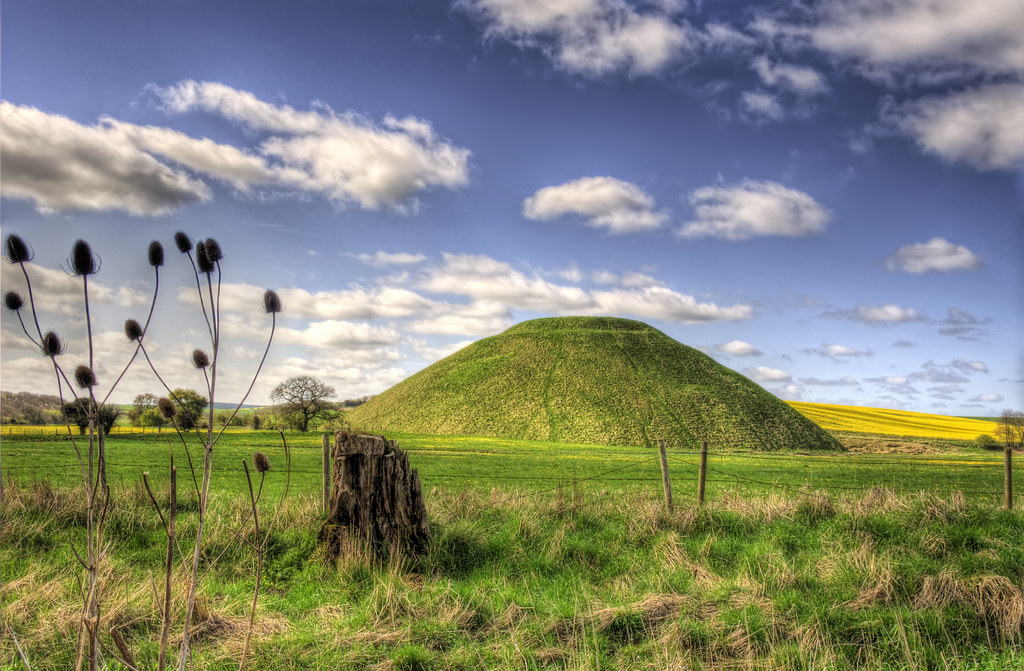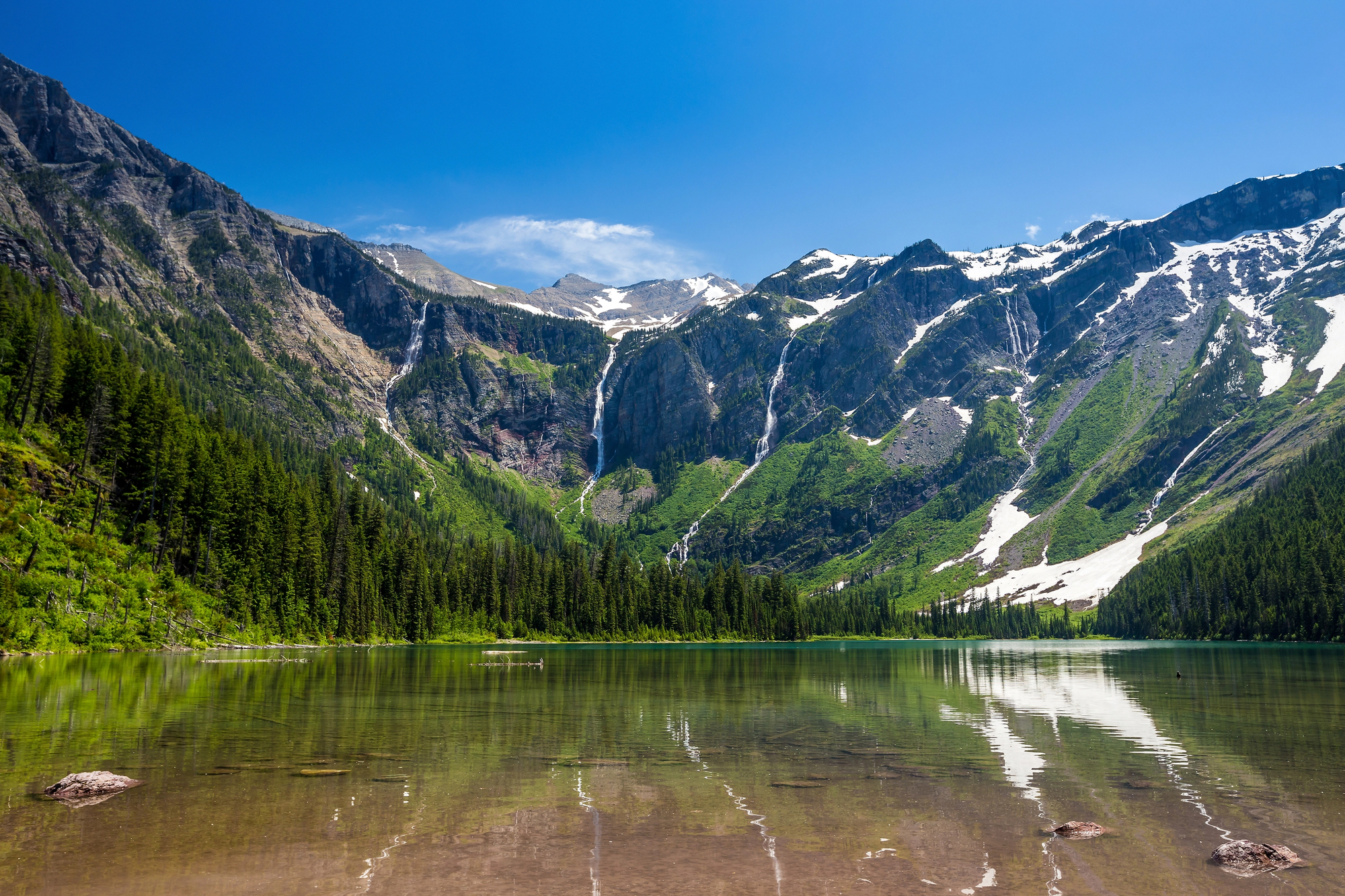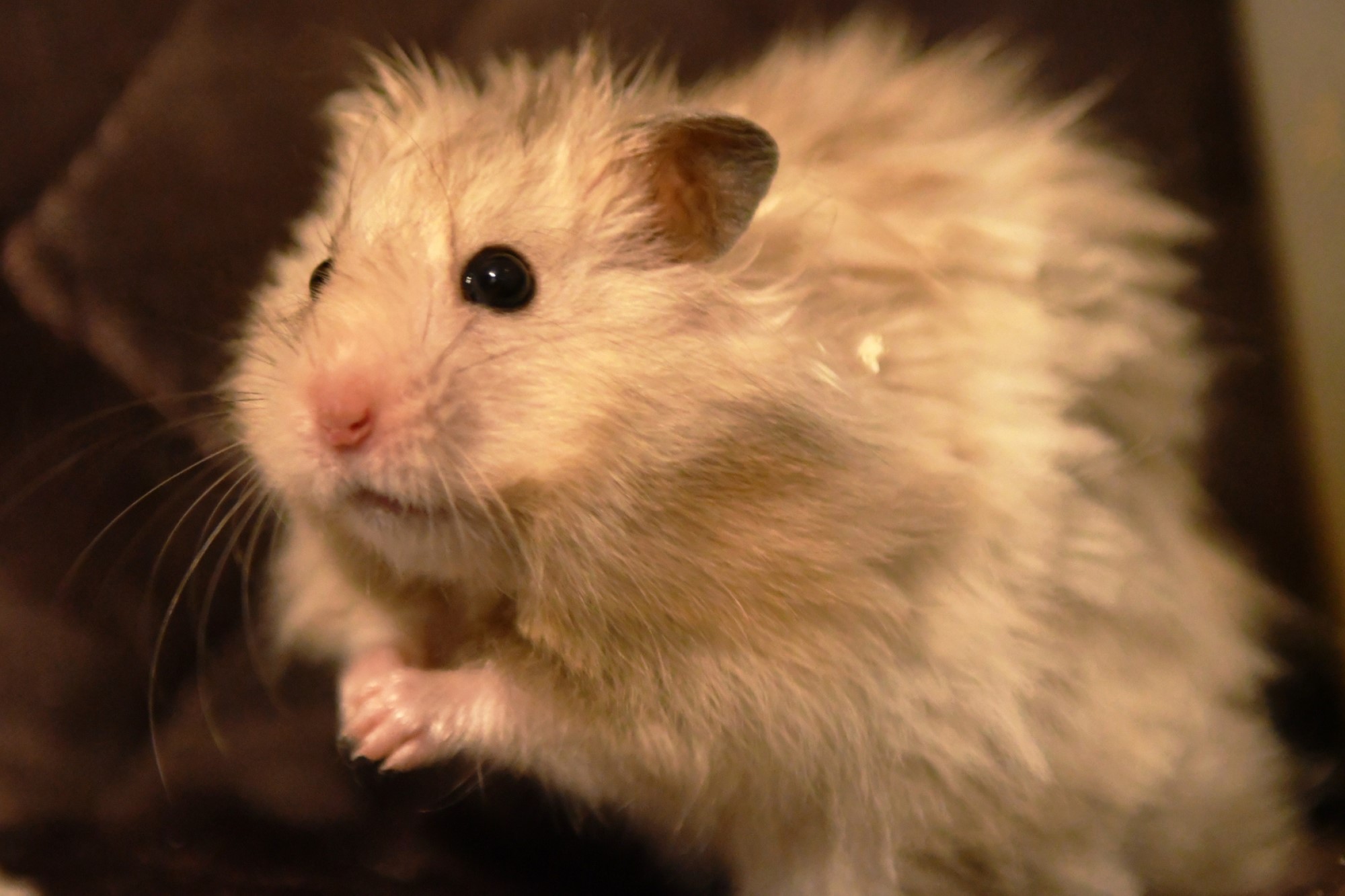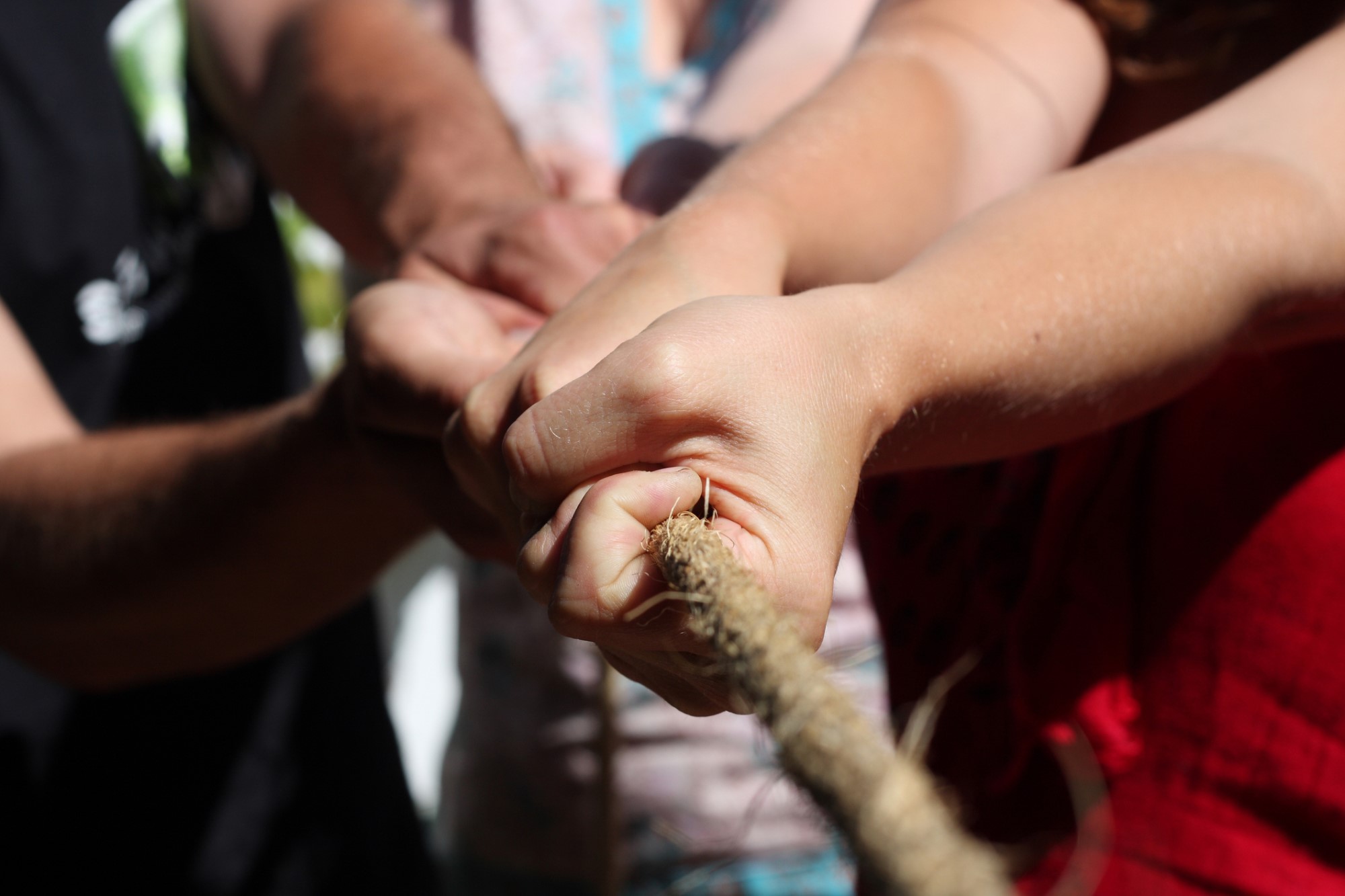Are Green Burials an Ethical Good?
Roughly 7000 years ago a group of hunter-gatherers in Chile began to mummify their dead. According to Helen Thompson, the evidence suggests that this change was locally driven rather than being introduced from elsewhere. In fact, this cultural practice may have been influenced by climate change, which has spurred other past cultural developments as well. With climate change now becoming a major concern, there are those who argue we now have good ethical reasons to rethink what we should do with the dead. Several new environmentally-friendly ways of dealing with the dead have developed in recent years and this raises a moral question about what we should be doing with dead bodies.
Generally, there are two ways dead bodies are commonly dealt with; they are either buried or they are cremated. Cremation has become far more popular over the last century, and in some countries it is the far more common method. In Canada, for instance, cremation occurs roughly 65% of the time. In the United States the rate of cremation is far lower (only 47%), but this is an increase from only 25% in 1999. One of the reasons cremation is a popular method is because it is fairly cost-effective. In especially populated regions the difference between the cost of a burial and the cost of cremation can be several thousands of dollars. Cremation can also be less wasteful since it doesn’t inherently require cemeteries, headstones, or concrete burial vaults.
However, arguments have made about the moral superiority of burial over cremation. In an article published in the journal The New Bioethics, Toni C. Saad argues that cremation deprives a local community of a shared memory of those who were once apart of it and made the community what it was. He notes,
“of course, gravesite maintenance and location might become tiresome, but the continuing possibility of family memory-pilgrimage is not negligible. Additionally, since the memory of private loved ones is permanently tied to a public physical location, there remains a visual reminder to all, not merely relatives, of the significance of this person who is now dead.”
He suggests that private cremation contributes to a privatization of memory whereas a public cemetery allows us to connect to our local ancestry and allow us to better process the idea of death and mortality.
Both practices of the standard burial and cremation have become socially-engrained and there may be an argument that they are both morally important as part of our culture. However, there is a growing argument that these practices, as typically performed, are not environmentally friendly. Every year 90,000 tons of steel, 1.6 million tons of concrete, and 800,000 gallons of embalming fluid are used to bury the deceased. In addition, cemeteries take up large amounts of land and require pesticides in their upkeep. A single cremation requires two SUV tanks worth of fuel. It can also release substances like dioxin, hydrochloric acid, sulfur dioxide, and carbon dioxide into the atmosphere. Such practices do contribute to climate change, and if we have moral obligations to do something to reduce the threat of climate change, then we may be morally obligated to reconsider our rituals regarding death.
In the last few years several eco-friendly alternatives have been presented. For example, instead of an expensive wood casket, biodegradable caskets are now available and can ensure that bodies that decompose over time will become part of the local ecosystem. Instead of burial in a traditional cemetery, burial options are now available in more natural landscapes. Instead of a headstone, a tree may be planted over the burial site. A similar option is available for those who are cremated; ashes are placed into a biodegradable urn that contains a seed. Or, ashes can be placed underwater as part of an artificial reef.
Even the embalming process offers new possibilities. As opposed to formaldehyde, natural and essential oils may be used to preserve the body. In place of the standard cremation one alternative allows for the use of pressure and chemicals to dissolve the body. This process called alkaline hydrolysis uses 90% less energy than traditional cremation. There are new technological possibilities as well. Promession involves freeze-drying a corpse with liquid nitrogen and then breaking the body apart. Mercury fillings and surgical implants are removed and the powdered remains are buried in a shallow grave. This allows water and oxygen to mix with the remains and turn them into compost.
The fact that there are these alternatives and the fact that they may be more environmentally friendly does not necessarily mean that they are more ethical. However, given the climate crisis, there may be ethical reasons to adopt such new practices. In an article for the Journal of Agricultural and Environmental Ethics, Chen Zeng, William Sweet, and Qian Cheng argue that green burials reflect a number of ecological values including a harmonious relationship with nature, recognizing the worth of nature, the rights of all living things, and the limits of resources. They note,
“Green burial offers a way to minimize ecological pollution during the process of funeral, interment, and related religious rituals; it offers a means by which the affected environment can return to its prior, ‘natural’ state in a short time. Thus, the practice of green burial manifests a positive environmental and ethical attitude towards life.”
This only raises more questions. If it is more ethical to adopt eco-friendly practices than traditional practices for dealing with the dead, should we carefully study which practice is the least harmful the planet, and if so, are we then morally obliged to adopt that practice uniformly? As I began, climate change has affected the way humans deal with death. But how exactly should climate change today affect how we deal with death? Are we obliged to change our usual practices regarding death and would be it be morally wrong not to?





